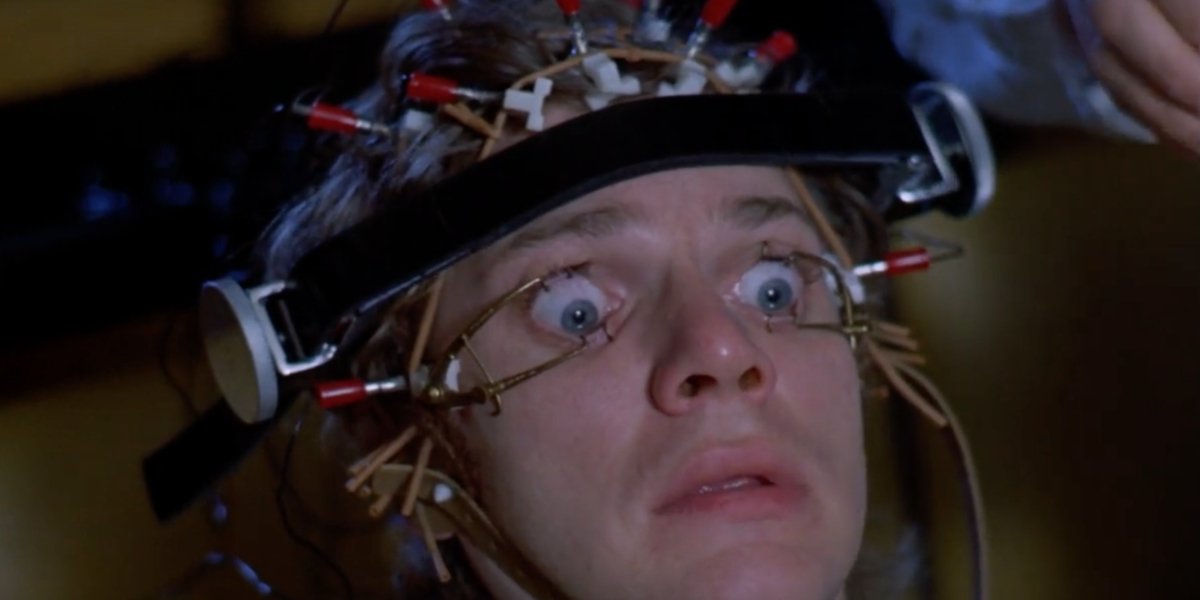Instagram Didn’t Ship an iPad App — It Put a TV at the Front Door
A Reels-first tablet UI makes the distribution strategy visible.
Fifteen years after launch, Instagram finally shipped an iPad app—and the default is Reels. Not your photo feed. Not your friends. The front door is a full-screen, lean-back video stream. That default is the move.
Interfaces reveal power
Platforms don’t announce power shifts; they ship them. A default is policy: point the homepage at Reels on a big screen and you’re declaring what you want users to do—watch—and what you want to sell—video ads priced like TV. Stories sit up top, messaging is one tap away, and comments expand without pausing playback. Every design choice favors longer sessions and fewer exits.
When Instagram becomes TV
On a phone, Reels is a snack. On a tablet, it’s programming—a continuous stream that behaves more like a channel than a social feed. The new layout leans into that grammar: default to Reels, persistent playback, and a sidebar that moves “following” views out of the home state. You can still choose All / Friends / Latest and even reorder them—but you start in Reels. The economics already point the same way; Instagram is aligning UI with where attention and revenue are headed.
A quick precedent: TikTok grew by putting For You ahead of Following—a default that routed creators and viewers through the recommendation engine first. Instagram’s iPad move is that same play on a bigger canvas: the front door points at the algorithmic lane, not the social graph.
And the numbers are moving: Reels account for more than 20% of time spent on Instagram—the iPad app simply aligns the UI with where attention (and revenue) is headed.
What this means
For creators
A concrete format to test: publish a weekly 3-episode micro-arc (Mon/Wed/Fri), each 20–40 seconds, branded “S1E1–E3.” Use a pinned comment (“Next episode auto-plays →”) and an identical first frame across the arc so the sequence reads as a set. Track series completion and session time—not just views per clip.
Your first three seconds now compete with Netflix. Open with motion and plot the beat: hook → payoff → next episode.
Program in sequences, not singles: 3–5-part runs, clear titling (1/5, 2/5…), and a pinned comment that keeps people in lane while playback continues.
Design for big-canvas reading: concise supers, safe zones for captions, CTAs that don’t sit under UI chrome.
For brands
Treat iPad Reels as a proto-CTV buy inside Instagram: plan blocks (2–4 connected creatives) and measure session lift, not just single-asset completion.
Build for lean-back viewing: fewer tiny elements, legible framing at arm’s length, product in scene within one second.
—
This is the pattern I’m writing about in No One Planned This: interfaces are policy, and policy reallocates power. Instagram didn’t just add an app; it redrew the map of where your audience starts—and that’s where the next fight for attention will be won.
